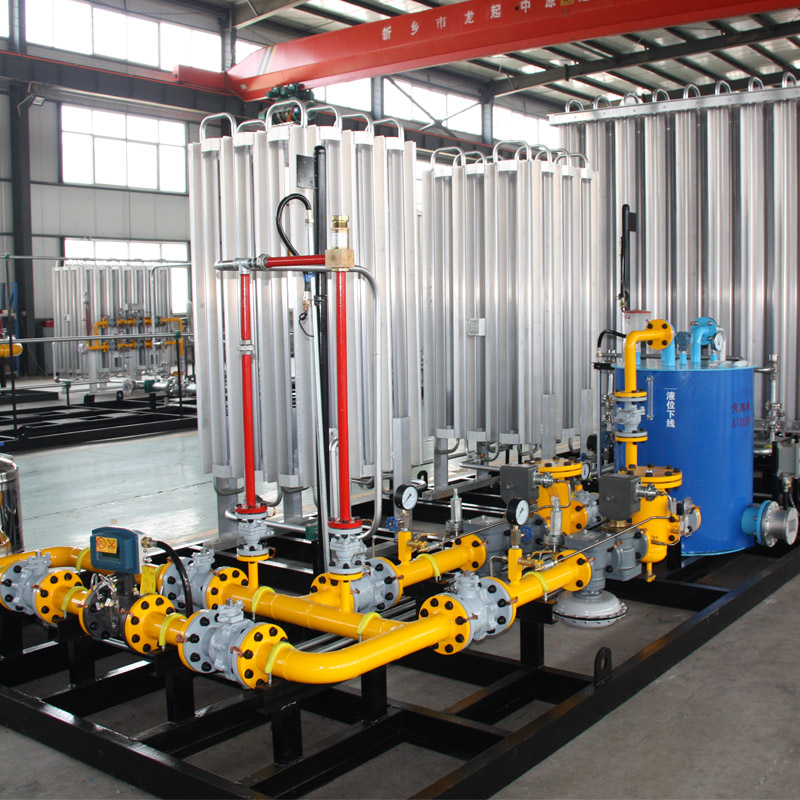
Oct . 12, 2024 11:35
Back to list
natural gas pressure reducer
Understanding Natural Gas Pressure Reducers
Natural gas has become one of the most widely used sources of energy in residential and industrial applications. However, the safe and efficient use of natural gas requires effective management of its pressure. This is where natural gas pressure reducers come into play.
What is a Natural Gas Pressure Reducer?
A natural gas pressure reducer is a device designed to reduce the high pressure of natural gas coming from the supply line to a lower, usable pressure suitable for appliances and equipment. Typically, natural gas is delivered at high pressure through pipelines. If this high-pressure gas were directly supplied to residential or commercial appliances, it would cause damage and pose safety risks. Thus, pressure reducers are critical components in the gas distribution system.
How Does a Pressure Reducer Work?
The fundamental function of a pressure reducer is to maintain a steady outlet pressure of natural gas despite variations in input pressure. The pressure reducer works by using a mechanical diaphragm or a control valve that adjusts the gas flow. When the gas enters the reducer, it encounters a diaphragm that responds to the gas pressure. As the inlet pressure increases, the diaphragm moves to adjust the size of the outlet opening, thus reducing the pressure. This process ensures that the gas is delivered at a consistent and safe pressure suitable for use in appliances like heaters, ovens, and gas stoves.
Types of Natural Gas Pressure Reducers
Natural gas pressure reducers can be categorized into two main types single-stage and two-stage reducers.
natural gas pressure reducer

1. Single-Stage Reducers These are typically used in applications where the input pressure is relatively stable. They provide a simple pressure reduction and are widely used in residential settings. Single-stage reducers are efficient for low-pressure applications and are straightforward in terms of installation and maintenance.
2. Two-Stage Reducers These are necessary when there is a significant difference between the inlet pressure and the outlet pressure. Two-stage reducers first lower the gas pressure to an intermediate level before delivering it to the final desired pressure. This type of reducer is more complex and is often used in commercial or industrial applications where demand and input pressures fluctuate.
Benefits of Using Pressure Reducers
Using natural gas pressure reducers yields several benefits.
- Safety They prevent excess pressure from damaging appliances, which can lead to leaks and safety hazards like explosions. - Efficiency By ensuring that appliances receive the appropriate pressure, pressure reducers help maintain energy efficiency, reducing wastage and lowering energy bills. - Versatility They can be used in various applications, from residential homes to large industrial operations, making them valuable across different sectors.
Conclusion
In summary, natural gas pressure reducers are essential for managing the safe and effective use of natural gas. By carefully regulating the pressure of natural gas, these devices ensure that appliances operate efficiently without the risk of damage or danger. Whether in homes or industries, understanding the functioning and importance of pressure reducers can lead to better energy management and enhanced safety in natural gas applications. As we continue to rely on natural gas as a key energy source, the role of pressure reducers will remain crucial in the energy landscape.
Latest news
-
Safety Valve Spring-Loaded Design Overpressure ProtectionNewsJul.25,2025
-
Precision Voltage Regulator AC5 Accuracy Grade PerformanceNewsJul.25,2025
-
Natural Gas Pressure Regulating Skid Industrial Pipeline ApplicationsNewsJul.25,2025
-
Natural Gas Filter Stainless Steel Mesh Element DesignNewsJul.25,2025
-
Gas Pressure Regulator Valve Direct-Acting Spring-Loaded DesignNewsJul.25,2025
-
Decompression Equipment Multi-Stage Heat Exchange System DesignNewsJul.25,2025

